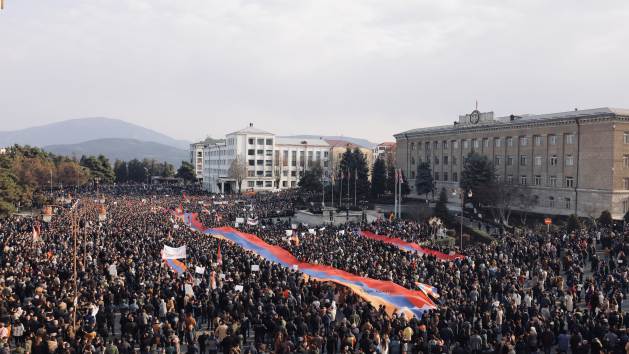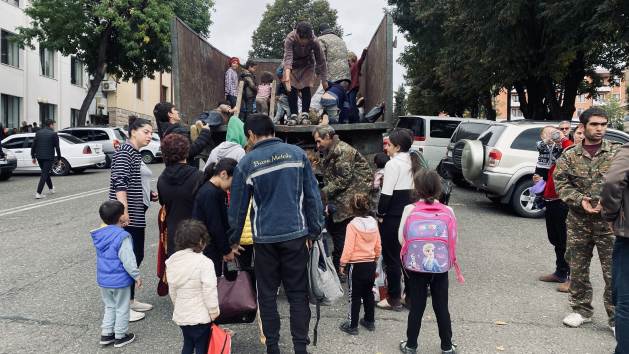JOHANNESBURG, South Africa, Jan. 26, 2024 (GLOBE NEWSWIRE) — IT News Africa, a leading technology news platform, proudly announces the highly anticipated 6th Digital Retail Africa 2024. This annual event promises to converge retail industry luminaries, technology providers, and leaders to explore the vast potential of digital retail in the African market.
As the retail landscape undergoes a significant transformation fuelled by the internet, evolving customer expectations, and emerging technologies, retailers face the imperative to adapt and innovate. The 6th Digital Retail Africa 2024 is the premier event providing a platform for retail and technology professionals to not only survive, but thrive in this new era of digital retail.
For senior IT executives within major retail enterprises or technology service providers catering to retailers, mark your calendars for Digital Retail Africa 2024 – the paramount event for retail and technology innovation on the African continent.
Scheduled for January 31, 2024, at the esteemed Gallagher Convention Centre in Johannesburg, Digital Retail Africa 2024 promises to convene hundreds of local and international retail industry leaders, service providers, and experts. This premier conference aims to facilitate the exchange of insights, best practices, and case studies, focusing on leveraging technology to enhance retail performance and elevate the customer experience.
Digital Retail Africa 2024 Highlights:
Digital Retail Transformation:
The event, slated for January 31, 2024, in Johannesburg, South Africa, will delve into various facets of the digital retail space. Topics covered include artificial intelligence, analytics, personalization, customer experience, payments, and digital transformation in retail.
According to Abe Wakama, the CEO of IT News Africa, “Digital Retail Africa 2024 is a pivotal event that will empower retail businesses in Africa to stay at the forefront of the technological curve. We extend a warm invitation to retail professionals and technology experts to join us and explore the nuances of digital transformation in the retail sector.”
The conference will center on aiding businesses in maximizing customer experience and innovation by harnessing data–driven insights, predictive analytics, and machine learning. It will also address how retailers can utilize data to boost sales and gain a deeper understanding of their customers.
Abe Wakama expressed, “This is a crucial step towards realizing digital retail in Africa. We are excited to bring together industry–leading experts to share their insights and experiences. Our objective is to assist retailers in creating an environment conducive to innovation.”
Special Offer:
In celebration of this transformative event, participants can avail themselves of a 25% discount on their registration fee by using the coupon code: DRA@25OFF.
Event Details:
Digital Retail Africa 2024 is an indispensable event set to take place in Johannesburg, South Africa, on January 31, 2024. It aims to equip retail businesses with the tools to stay ahead of the technological curve while optimizing customer experience and innovation through data–driven insights, predictive analytics, and machine learning.
This event provides a unique opportunity for retailers to stay abreast of the latest digital retail trends and strategies, gaining inspiration to craft innovative solutions for their businesses.
For more information and to register for the event, please visit: https://itnewsafrica.com/event/event/digital–retail–africa/
About IT News Africa:
IT News Africa is a prominent technology news platform that delivers up–to–the–minute information on the latest trends, innovations, and developments in the tech industry. With a commitment to providing insightful and reliable content, IT News Africa serves as a valuable resource for technology enthusiasts, professionals, and businesses across the African continent.

GLOBENEWSWIRE (Distribution ID 1000910484)









